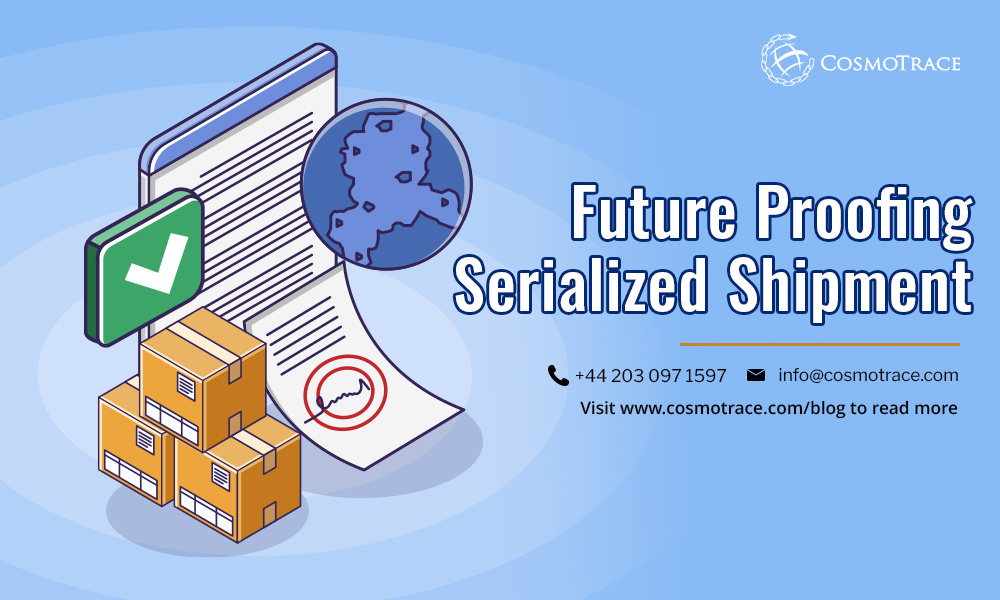The challenges of product serialization for pharmaceutical and medical device companies are significant. With the new requirements for tracking pharmaceutical products individually throughout the supply chain, trading partners are increasingly demanding shipment aggregation. Globally, particularly in the US, Europe, and Asia, traceability standards are becoming stricter.
The main challenge for companies is to manage this transition successfully while minimizing business disruption. Many current serialization systems are legacy systems, so companies need an implementation strategy that meets new requirements, overcomes operational challenges, and offers benefits beyond compliance.
Level 3 Systems: These systems which is often hosted outside the company firewall or in the cloud connect with multiple Level 2 systems at each site and Level 4 software. Typically, there is one Level 3 system per packaging facility. Level 3 systems manage serialization workflows at the packaging line level, handling work orders, serial number workflows between Level 4 and packaging lines, master data, and exchanging serialized data with Level 4. However, they often lack verification and validation of the data, requiring manual checks for serialization, aggregation, and shipment accuracy.
THE CURRENT SCENARIO
Despite efforts to automate serialization, manual interventions are still needed to reduce errors and disruptions in the supply chain. This is a common practice among many manufacturers and CMOs, though it may not apply to all companies.

Processing serialized shipment: may not cover the entire spectrum of validation & verification
Exceptions that may occur:
- Transmission Exceptions:
- serial number configuration
- file structure format (EPCIS, XML)
- data element format
- event sequencing and chronology
- late transmissions (AS2 setup)
- missing data elements/master data
- Aggregation Exceptions:
- aggregation mismatch - Item to case
- Serial number error – disposition, invalid SN, etc.
- Data mismatch;
- lot and exp date do not match SN
- The scanned lot does not match the EPCIS data
- scanned expiry does not match with EPCIS data
- Some of the exceptional demands from MAH to CMOs;
- sending back unused SN (as decommissioned)
- include the PO number in the shipment file
- include the delivery number in shipment file
- multiple ship to location
- moving ship to the location: logistic workflow must be reflected in the data transfer
From a workflow perspective the challenges could be;
- Validation: The data exchange between the L3 system and the L4 system is asynchronous.
- Verification: Since the communication is async, manually verify the batch and its details in the L4 system.
- Orchestration: Further manually trigger the shipping event in the L4 system
THE PRESSING NEED
A system/application that ensures smooth interoperability among all machines, devices, business systems, and databases involved in the pharmaceutical supply chain.
Data Validation: Responsible for data validation to and from the L4 system, ensuring adherence to predefined standards and formats.
Data Verification: Conducts verification checks on serialized data, ensuring compliance with the L4 system and other system-specific requirements.
Data Orchestration: Manages the flow of data between L3 and L4 systems, coordinating serialization tasks in a seamless manner.
Error Handling: Handles error detection, logging, and reporting to ensure the system's integrity and reliability.
In summary, this system is essential for efficient, accurate, and secure pharmaceutical serialized shipments, providing seamless integration, real-time monitoring, and automation.
How Can CosmoTrace Help?
CosmoTrace plays a crucial role in facilitating the pharmaceutical serialized shipment process by acting as a bridge between different systems, ensuring data integrity, and streamlining various functions.
Please write to us at info@cosmotrace.com for more details.


